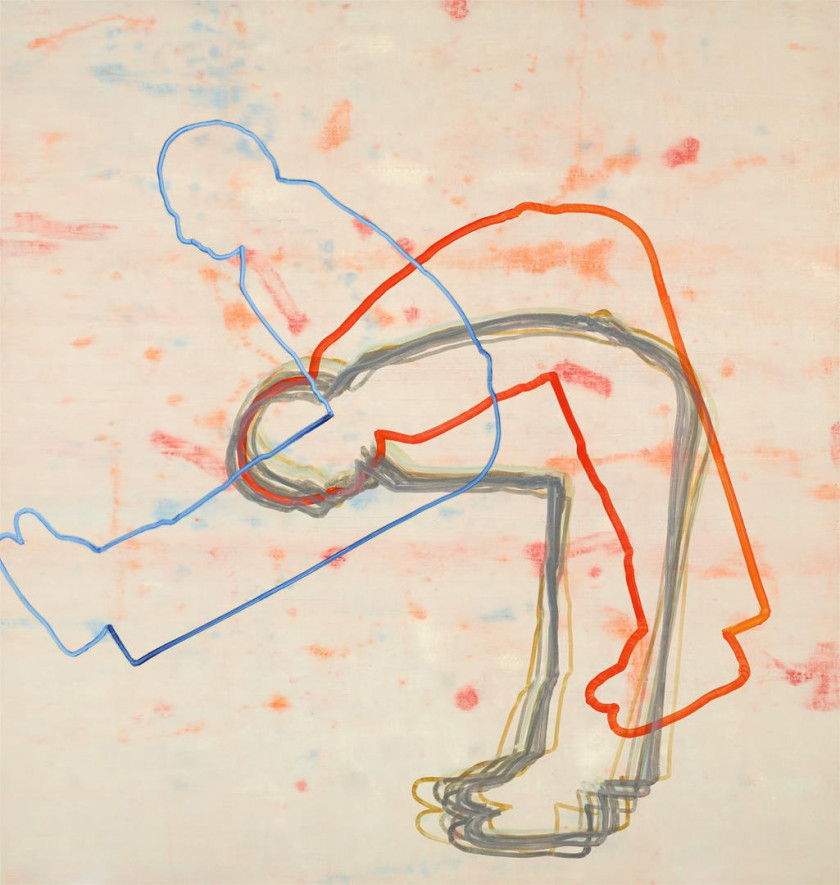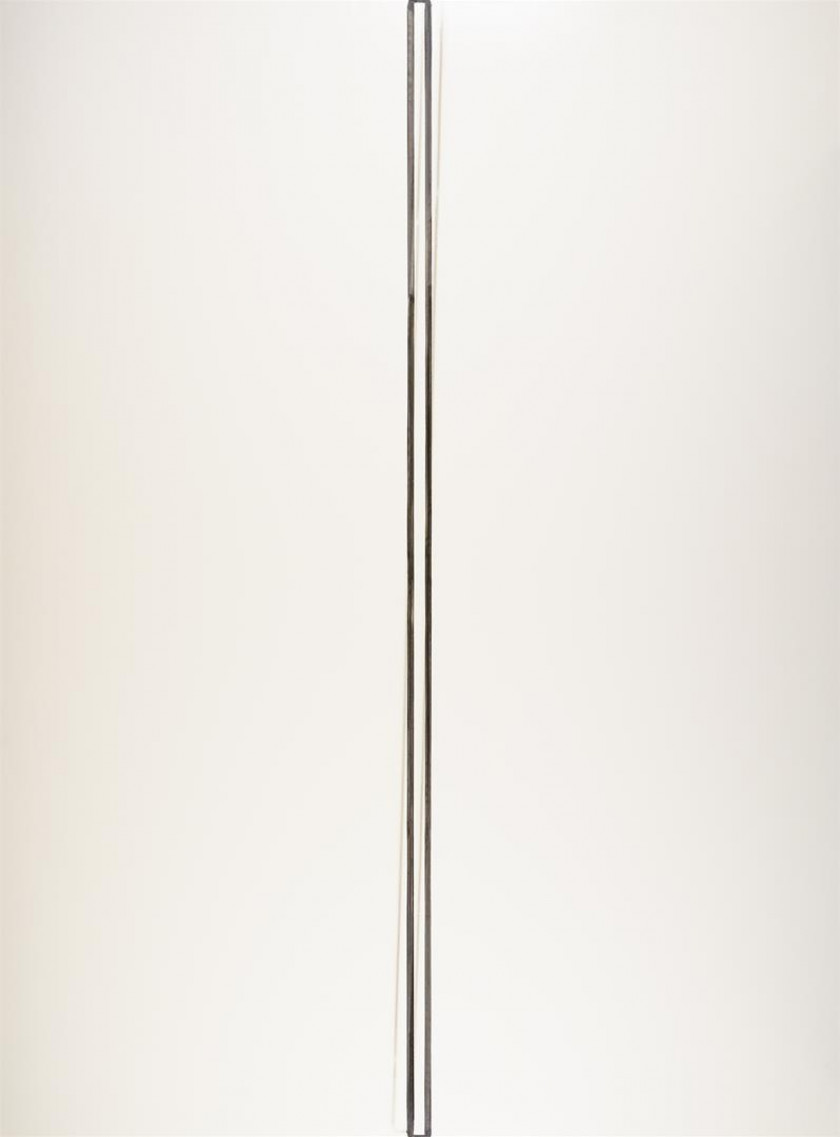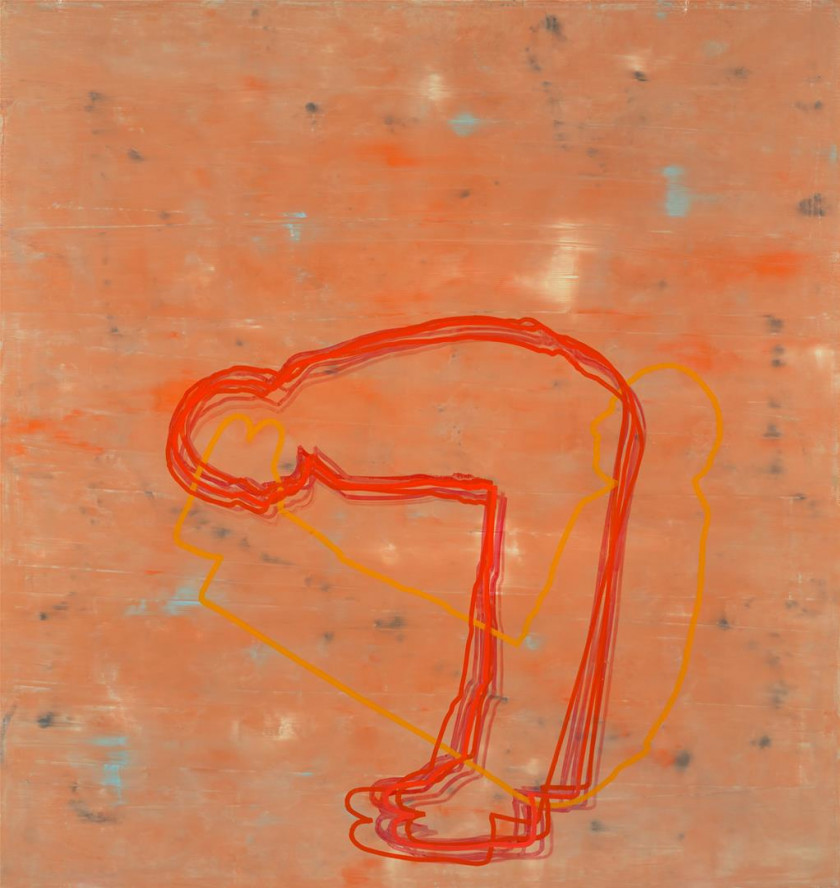Sinal de Concordância #1 [Sign of Agreement #1]
painting


2003-2004
Oil on canvas
191 x 180,5 cm
The work of José Loureiro approaches the experimentation of painting, conceived as a medium that should be permanently questioned on what concerns its material, formal and conceptual limits. Thus, his artistic practice results from an accumulation of knowledge and pictorial experiments. In technical terms, research into the painting itself has led the artist to favour oil inks and the infinite potential for superimposition and balance allowed by this medium. In formal and conceptual terms, his work is embodied in compositions in which he explores the various possibilities of painting as a representation of the visible: the optical effects, the relations between system and accident, pattern and motif, opacity and transparency, composition and arrhythmia - elements that are evident in this series.
In these two works, the composition is characterized by the contrast between the well-marked lines that define the silhouettes and the apparently random stains that fill the whole pictorial space. This duplicity makes the composition appear to contain two simultaneous planes that repel and attract each other, but which are united by a careful chromatic scheme. One of the planes is marked by clear figurative replications, enunciated by the recognisable silhouettes of a man (reclining? seated?). The other one presents a markedly abstract character. By creating this dual synthesis in the same representational space, Loureiro seems to question and suggest a path of rupture both with the canons of figuration and with the models of abstract representation.
Both pieces transmit a strong pulse and energy, conferred by the vibrancy of the coloured stains, the repetition and overlapping of the silhouette's contour lines until their apparent saturation, and the dynamic displacement of forms in space.
Joana Baião


